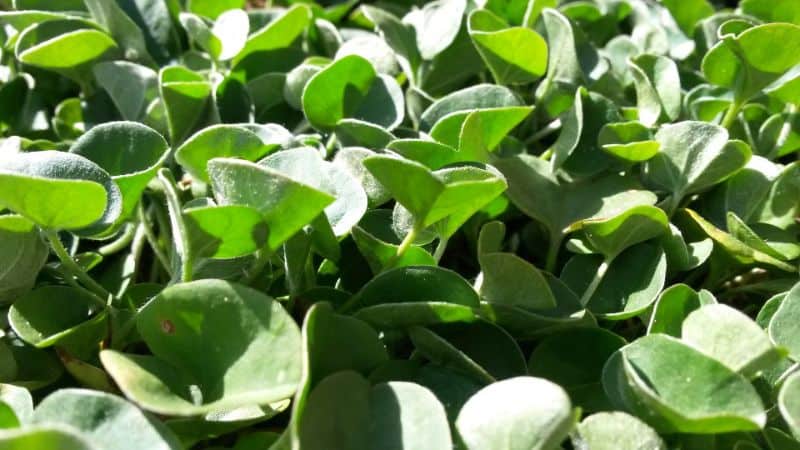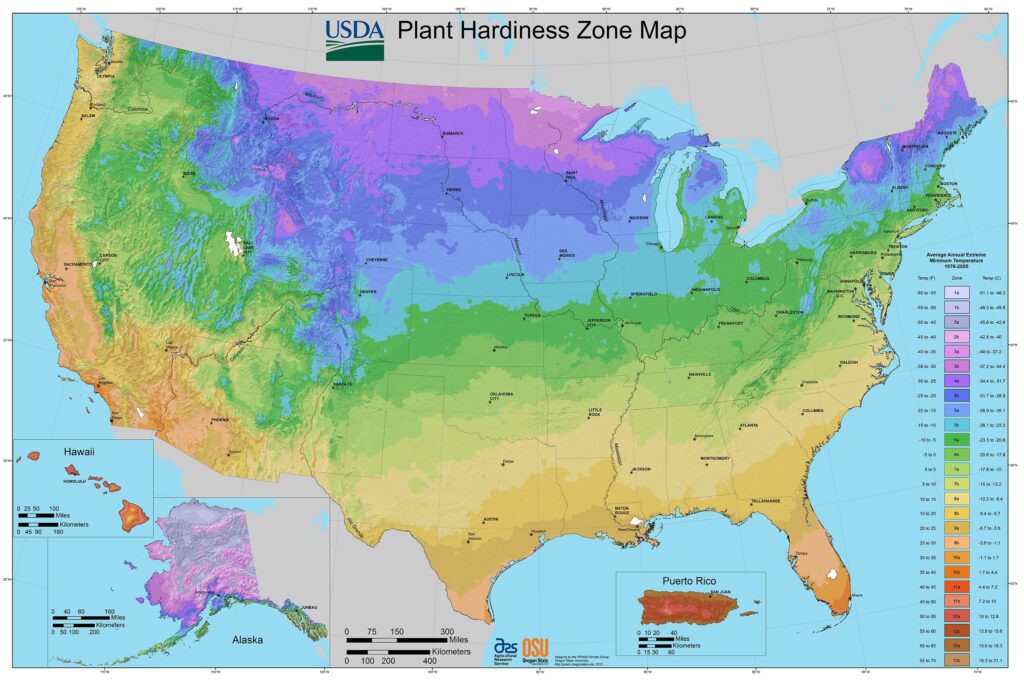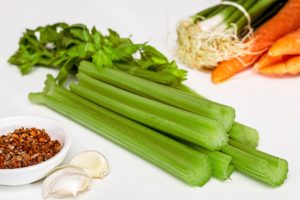Dichondra is a low-maintenance, groundcover plant that is perfect for sunny areas in your garden. It’s easy to grow and care for, making it a great choice for beginner gardeners. In this article, we will teach you how to grow and care for dichondra in your own garden. We will cover everything from planting to watering to fertilizing. So if you’re looking for an easy-to-care-for groundcover plant, read on!
Best Dichondra Varieties
| Image | Name | Rating | Shop |
|---|---|---|---|
 | Dichondra Repens Seeds | ||
 | Park Seed Silver Falls Dichondra | ||
 | SeedRanch Dichondra Repens Seeds |
How to Grow and Care for Dichondra
Dichondra Hardiness Zones
Dichondra is a tough little plant that can tolerate a wide range of conditions. It is hardy in zones 7-11, which means it will come back each year without needing to be replanted in those hardiness zones.
How Much Sun Do Dichondra Need
Dichondra will do best in an area that receives 6 to 8 hours of sunlight per day. However, they can also tolerate some shade, especially during the heat of the day
Dichondra Soil Requirements
The ideal soil for dichondra is a sandy loam that is well-drained. This type of soil will allow the roots to penetrate deep into the ground, giving the plant stability and preventing it from drying out. Dichondra can also grow in clay soils, but these tend to be more difficult for the plant to thrive in. If you have clay soil, try amending it with some sand and compost.
Dichondra Soil pH
Dichondra prefers a soil pH of about 6.5-7.0, which is neutral to slightly acidic. It can tolerate a range of pH from 5.5-8.5 but will grow best in soils with a pH of 6.5-7.0. Soils that are too alkaline (high pH) or too acidic can cause problems for the plant, such as nutrient deficiencies or stunted growth.
Dichondra Plant Spacing
Dichondra should be spaced around 3 to 6 feet apart. For a ground cover or carpet effect, space plants 2 to 4 feet apart. If you need to limit weed growth, you can space plants closer together, about 1 to 2 feet apart
Dichondra Temperature Requirements
Dichondra prefers warm weather and is not frost tolerant and it may not perform well if the temperatures get too cold.
Dichondra Fertilizer Requirements
Dichondra is a low-maintenance groundcover that thrives in nutrient-poor soils. That means you don’t need to add any additional fertilizer when planting dichondra. Just make sure the soil is well-drained and has good moisture-holding capacity before planting.
Dichondra Water Requirements
Dichondra is a great plant for those who want to garden but don’t want to worry about their plants drying out. This plant is very drought tolerant and will only need water when the top inch of soil begins to dry out.
Dichondra Humidity Requirements
Dichondra can be quite forgiving when it comes to humidity levels; it can handle a wide range without too much trouble. That said, if you live in a particularly dry climate, you may want to consider planting a silver variety, which can handle lower humidity levels a bit better than the green types.
Dichondra Pests
Flea beetles and cutworms can be problematic pests for dichondra.
Flea beetles are small, black, or dark brown beetles that feed on the foliage of plants.
Cutworms are caterpillars that feed on a variety of plants, including dichondra.
Related Articles:
Dichondra Diseases
Dichondra is a fairly disease-resistant plant, but there are a few pests and diseases that can cause problems.
One common problem is root rot, which is caused by a number of different fungi. The symptoms of root rot include wilting leaves, yellowing or browning of the foliage, and stunted growth.
Another common issue is nematodes, which are small worms that feed on the roots of plants. Nematodes can cause significant damage to plants and may eventually lead to death.













